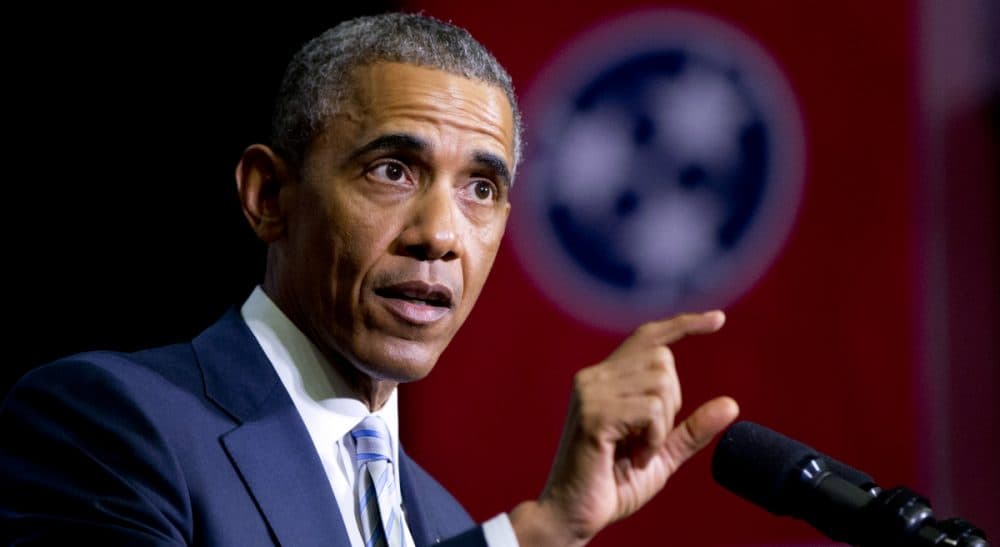Advertisement
$25 A Month: Closing The Community College Tuition Gap, Even If It's 'Free'

You might think that President Obama’s $60 billion offer to make community college free would be enough. It’s not. Even on top of the other government grants the average student gets, there is still a $4,325 gap.
The average cost of attendance for students in community college is $16,325, broken down as follows:
- Tuition and fees: $3,347
- Room and board: $7,705*
- Books and supplies: $1,328
- Transportation: $1,735
- Other expenses: $2,210
*average cost among public two-year college students living off campus
The “free” in free tuition offered by the President will amount to $3,500 on top of existing government grants of $8,500. That adds up to $12,000, which leaves the typical community college student a good deal short.
But don’t despair. If a family saves just $25 per month starting when their child is in elementary school, they can just about close that gap. It is commonly thought that low-income families can’t save. In fact, these families account for the flow of up to $120 billion each year in remittances to families abroad, $60 billion dollars in lottery sales and other expenditures. Low-income families may not bank these amounts, but the figures show that the dollars are there.
The President pledged, several times, that the government will be there for those who strive, and that is a good thing. Unfortunately, most of Obama’s educational proposals will help debtors, not savers. Here’s why this matters: It’s one thing to make it easier to borrow, as the President did last fall, when his administration loosened the credit requirements needed to obtain federal PLUS loans. But it’s another thing to motivate families to save for college in the first place, so that loads of debt aren't a given for those seeking an education.
Many states seem to have recognized the shortcomings in incentivizing saving at the federal level. In response, they have passed legislation to offer such options as Children’s Savings Accounts (CSAs), which encourage all families to save for college by offering saving matches, among other incentives. In fact, college savings accounts are growing in popularity. The Boston Fed, for example, collaborated with several Massachusetts community colleges to match the savings of their students. Bunker Hill Community College is one such example.
The 'free' in free tuition offered by the President will amount to $3,500 on top of existing government grants of $8,500. That adds up to $12,000, which leaves the typical community college student a good deal short.
There is another factor at play with community college students: A significant number of them support their own families. The more they owe, the more they have to work. That means these students have less time to study and are more prone to dropping courses or entire semesters, ultimately prolonging their college careers. What’s more, for the many students who get placed in remedial courses that make up for poor college preparation during high school, this burden is particularly heavy. Remediation courses don’t accrue credits, but they do eat up Pell Grants. For these students, the gap continues to grow.
Beyond dollars, savings accounts increase students’ confidence that they can go to college. Parents use accounts to signal to their children that college is not just possible, but inevitable. Research shows that students with savings accounts are three times more likely to go to college and four times more likely to graduate, compared with students without savings accounts.
Putting away $25 in monthly savings could come from the loose change put into a jug. It is a challenge, yes, but it is doable. Especially so if our government provides incentives. So, thank you, Mr. President, for wanting to give $60 billion to students. Too bad you can’t also offer inspiration to students to jingle their jars with savings.
